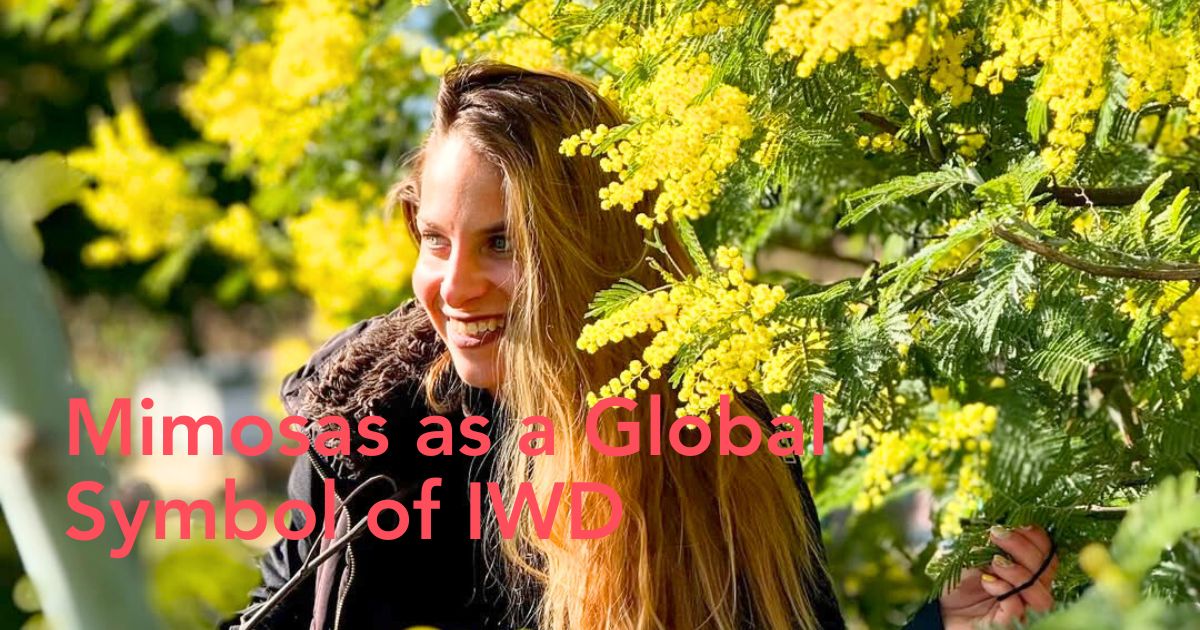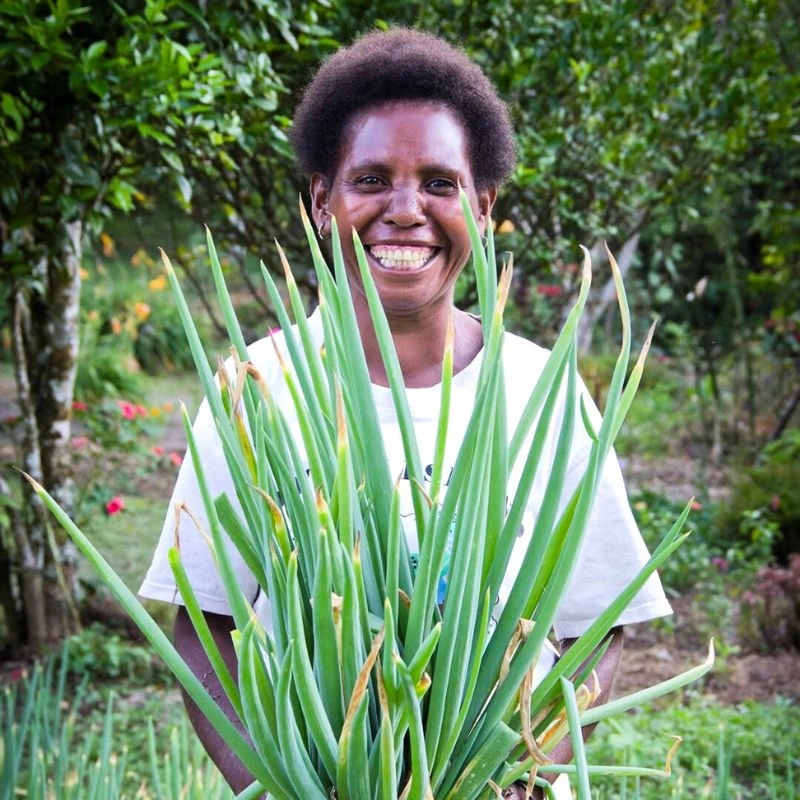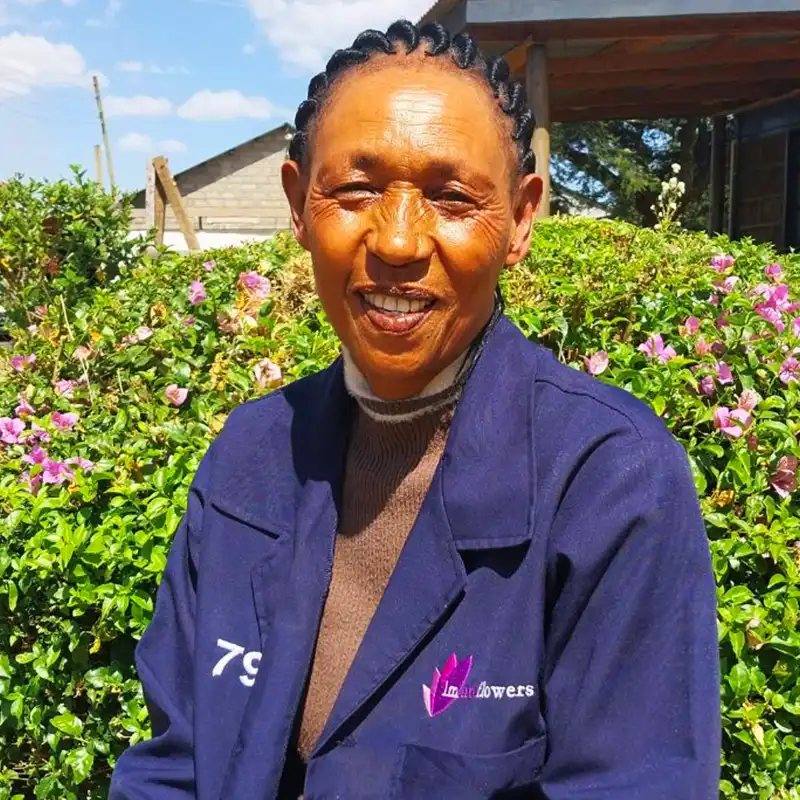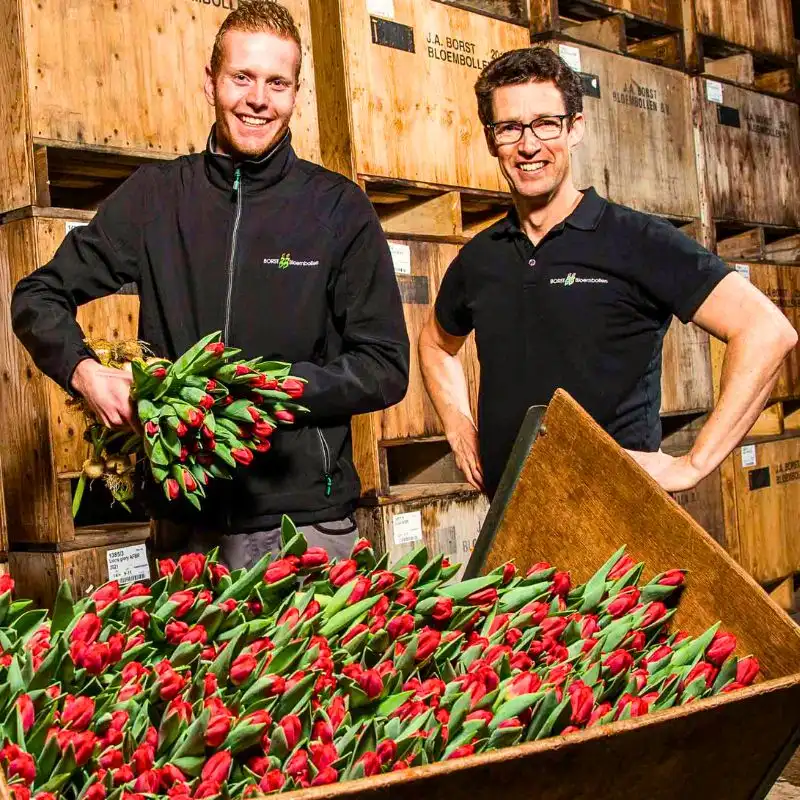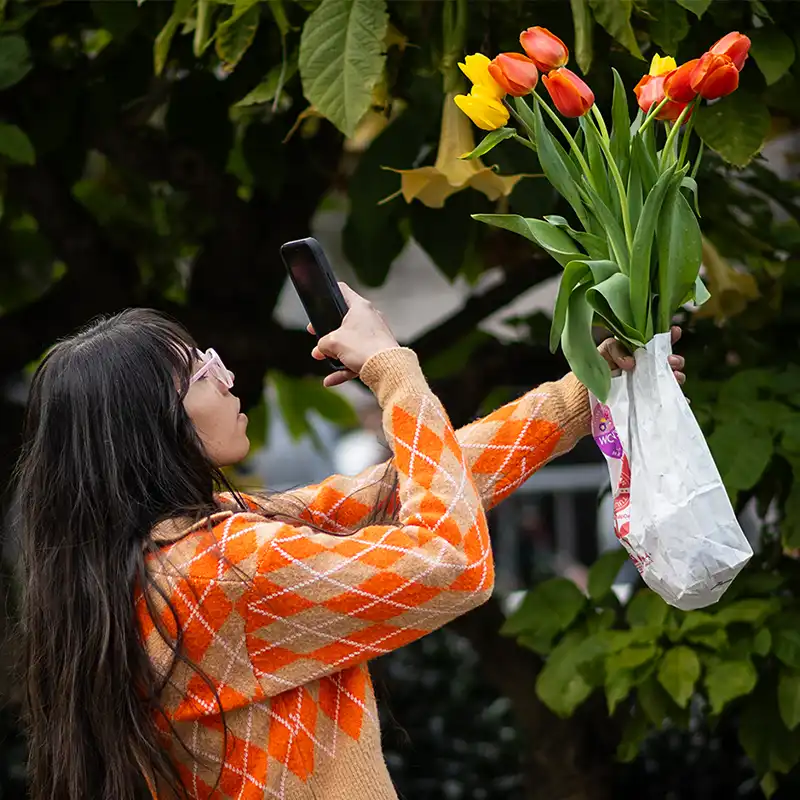Annually observed on March 8th, International Women's Day is a global celebration of the social, economic, cultural, and political achievements of women. This day also presents an opportunity to promote gender equality and women's rights worldwide. It celebrates women's achievements, advocates for gender equality, and reflects on the challenges that still lie ahead.
Under the campaign theme 'Accelerate Action', the 2025 commemoration emphasizes the importance of taking swift and decisive steps to achieve gender equality. It calls for increased momentum and urgency in addressing the systemic barriers and biases that women face, both in personal and professional spheres. Keep reading to learn more, as well as 10 interesting facts about IWD.
Origins of International Women's Day
The roots of International Women's Day can be traced back to the early 20th century, amid the growing movements for women's suffrage and labor rights. Its first near-similar observance was on February 28, 1909, in New York City, where women rallied for better working conditions and the right to vote.
In 1910, Clara Zetkin, a prominent German women's rights advocate, proposed establishing an annual Women's Day to advocate for women's rights globally. The proposal was unanimously approved by the attendees, leading to the inaugural celebration.
Clara, the then chairwoman of the Social Democratic Party's Women's Office in Germany, presented the idea of a global International Women's Day so that people all over the world could celebrate at the same time. The first International Women's Day was held on March 19, 1911, with over a million participating from Germany, Switzerland, Austria, and Denmark.
In modern context, the day was marked for the first time by the United Nations in 1975 and officially recognized in 1977. In essence, this day’s commemoration emerged from the activism and activities of labor movements at the turn of the twentieth century in North America and across Europe
And since those early years, it has assumed a new global dimension for women in developed and developing countries. The growing international women's movement, which has been supported by global U.N. women's conferences, has helped make the commemoration a rallying point to build support for women's rights and participation in the political and economic arenas.

Photo: @heydaybozeman
10 Interesting Facts About International Women's Day
Taking a moment to fully understand what this day is all about and its history, plays an important role in its celebration. Here, therefore, are some key facts about the day and its global commemoration.

1. The Role of Clara Zetkin in Establishing IWD
In 1910, during the second International Conference of Working Women held in Copenhagen, German activist Clara Zetkin proposed the idea of an annual Women's Day. Her vision was to create a unified day across all countries to press for women's demands and rights. This proposal received unanimous approval from over 100 women representing 17 countries, leading to the first International Women's Day celebrations in 1911.
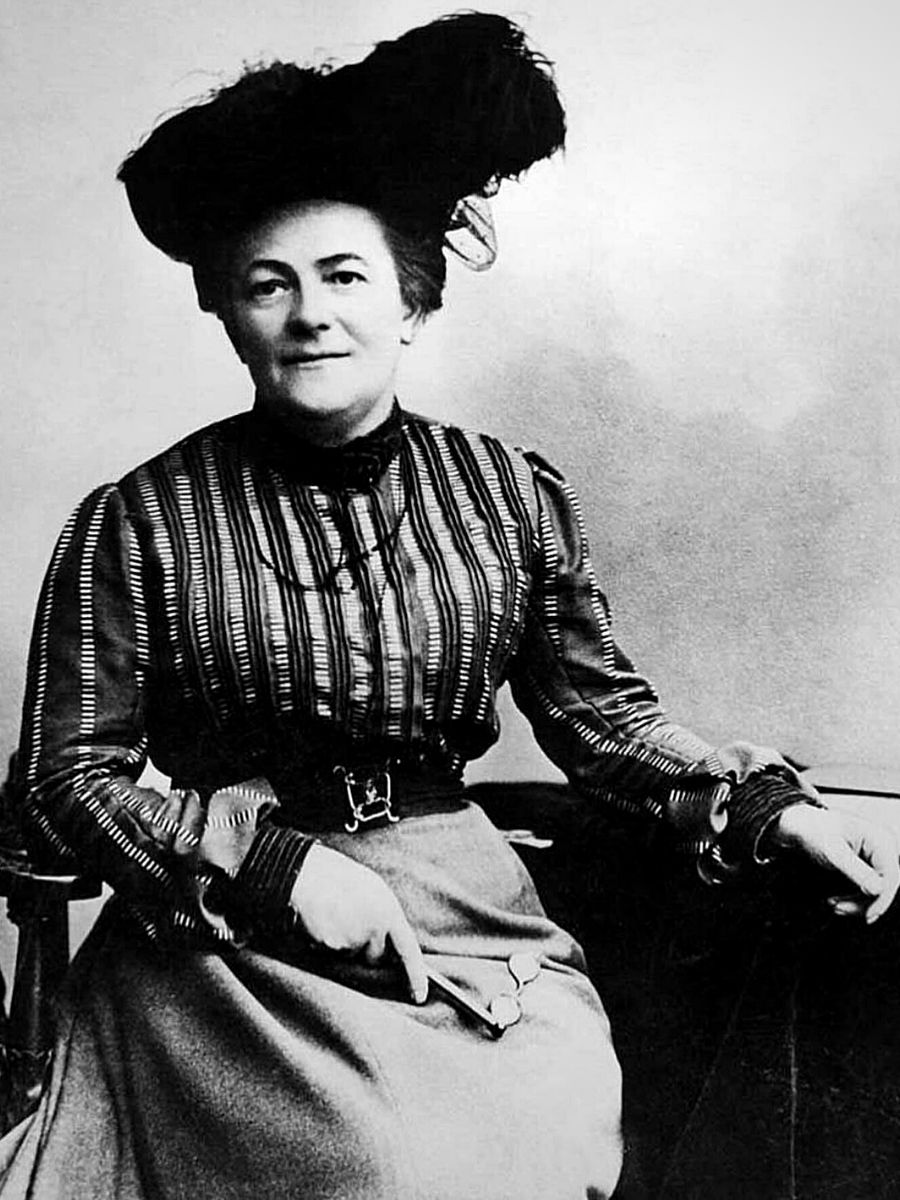
Photo by @clara_zetkin
2. The Tragic Triangle Shirtwaist Factory Fire
On March 25, 1911, shortly after the first IWD, a devastating fire broke out at the Triangle Shirtwaist Factory in New York City. The tragedy claimed the lives of more than 140 workers, most of them young immigrant women. This incident highlighted the appalling working conditions faced by women and became a catalyst for labor reforms and improved safety standards in workplaces.
3. The Official Date of March 8 and Women’s Right to Vote in Russia
While International Women's Day was initially celebrated on various dates, it was eventually standardized to March 8. On February 23, 1917, thousands of female Russian factory workers started a bread riot that soon turned into a massive demonstration throughout Petrograd (current St. Petersburg).
The Russian women’s demonstration was in response to severe food shortage, World War I, and a campaign for gender equality. This uprising, known as the ‘February Revolution’ (according to the Julian calendar in use at the time), began on February 23rd. However, by the Gregorian calendar, it was March 8th, which became synonymous with International Women's Day.
During the protest march, Tsar Nicholas II, the country's leader at the time, was not impressed and authorized General Khabalov of the Petrograd Military District to put an end to the protests using any means possible. Yet the women were not dissuaded and maintained their dissent, which led the Tsar to abdicate just days later. Later, the interim administration granted women the right to vote in Russia.
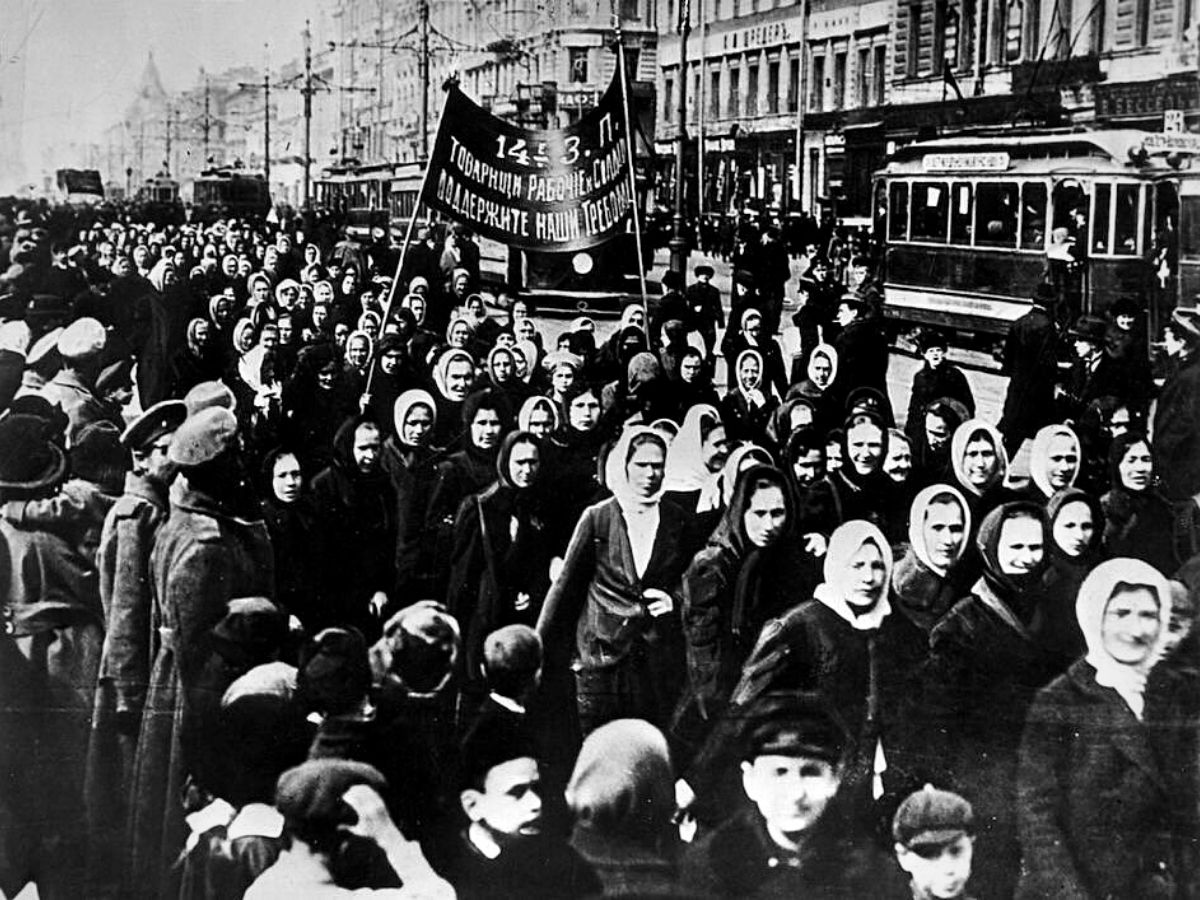
Photo by @clara_zetkin
Today, the day is celebrated in numerous countries worldwide, crossing borders, cultures, and ideologies. It is recognized as an official holiday in many nations, including Russia, China, Vietnam, Cambodia, Afghanistan, Cuba, Uganda, Mongolia, Georgia, Laos, Cambodia, Armenia, Belarus, Montenegro, Russia, and Ukraine, among others.
Many other countries just celebrate it without necessarily observing it as an official holiday. To them, it presents an opportunity to honor women's achievements, raise awareness about gender inequality, and inspire further progress.
4. Each Year Has a Different Theme
International Women's Day adopts a specific theme every year to focus on pressing issues affecting womenfolk globally. These themes provide a framework for events, discussions, and initiatives. Themes have included ‘Choose to Challenge’ (2021), encouraging individuals to challenge gender bias and inequality, and ‘Each for Equal’ (2020), highlighting the importance of collective action for gender equality. This campaign also emphasized the role of individuals in creating a gender-equal world, promoting the idea that small actions and efforts by each person can collectively lead to significant change.
'Gender Equality Today for a Sustainable Tomorrow’ (2022) which recognized the crucial contribution around the world of women and girls in climate adaptation and mitigation, and resilience building. Other recent themes - as per the UN - were ‘DigitALL: Innovation and Technology for Gender Equality’ (2023) which recognized and celebrated women and girls who are championing the advancement of transformative technology and digital education, and in 2024, it was all about 'Inspiring Inclusion'. This year, the theme is 'Accelerate Action'.

5. International Women’s Day as a Joint Celebration With Mother’s Day
In some countries, such as Serbia, Albania, Bulgaria, Romania, Macedonia, and Uzbekistan, the two festivals that celebrate women - International Women’s Day and Mother’s Day - are merged and celebrated on the same day, in just the same way that Mother's Day doubles as a form of women's appreciation day.
The celebrations give people – especially children – an opportunity to give small presents to their mothers and grandmothers. In the Czechoslovak Socialist Republic, huge Soviet-style celebrations were normally held annually. The celebrations are symbolic of affection and respect for all womenfolk.

Photo: @majatomljanovic
6. International Women's Day’s Flower Power
In many countries, it is customary to give women flowers on International Women's Day. The type of flower varies across regions, but the most common choice that cuts across is the yellow mimosa, which represents sensitivity and strength.
The tradition of gifting women yellow mimosa flowers on International Women's Day can be traced back to Italy. In the early 20th century, Italian feminists chose the mimosa as a symbol of the women's rights movement. They selected this flower because it blooms in early March, coinciding with International Women's Day. The mimosa's bright yellow color represents vitality, sensitivity, and resilience, all of which are qualities associated with women's strength and femininity.

Photo: @electricdaisyflowerfarm
Moreover, yellow mimosa flowers were preferred as a symbol for International Women's Day due to their accessibility and affordability. Mimosa trees are plentiful in Italy, and their flowers can be easily obtained during the early spring season. This made them an ideal choice for gifting to women from all walks of life, regardless of their socioeconomic status.
Later, the flower's popularity spread beyond Italy to other countries, including Russia. In Russia, the mimosa is considered a symbol of respect and appreciation for women. It has, accordingly, become a customary gift to present women with bouquets of yellow mimosa flowers on this day.
Over time, the tradition of gifting yellow mimosa flowers on International Women's Day has become ingrained in the cultural fabric of other countries and passed down through generations. You can also read '10 Flowers You Can Gift on International Women’s Day' to know which type of flower to gift the superwomen in your life.
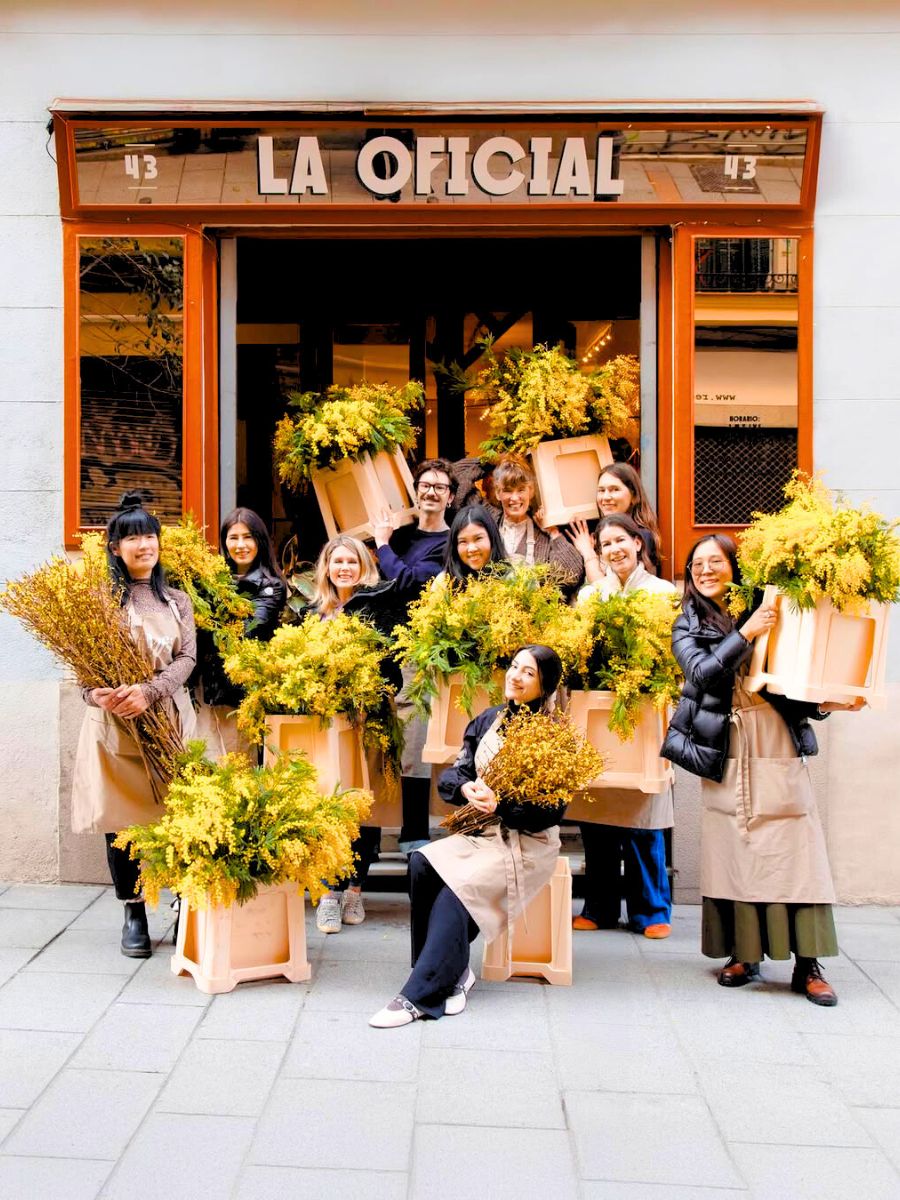
7. Purple, Green, and White Symbolize IWD
Purple is often associated with International Women's Day because it has historically been used as a symbolic color for women's rights and gender equality. This color has a long-standing connection to the women's suffrage movement, which fought for their right to vote in the late 19th and early 20th centuries.
During that time, suffragettes in the U.K. and the U.S. used purple, alongside white and green, as their official colors. Purple was chosen to represent loyalty and dignity, and it became a powerful symbol of women's liberation and their demand for equal rights. In recent years, as International Women's Day gained prominence globally, purple has been adopted as a unifying color to represent the empowerment of women. It is a visual cue to the ongoing struggle for gender equality and the achievements made by women throughout history.
The use of purple during International Women's Day events, campaigns, and social media initiatives helps create a cohesive and recognizable brand for the movement. It also honors the legacy of the suffragettes and their fight for women's rights. While purple is commonly associated with International Women's Day, the movement for gender equality is inclusive and diverse, incorporating women from different backgrounds, cultures, and experiences.
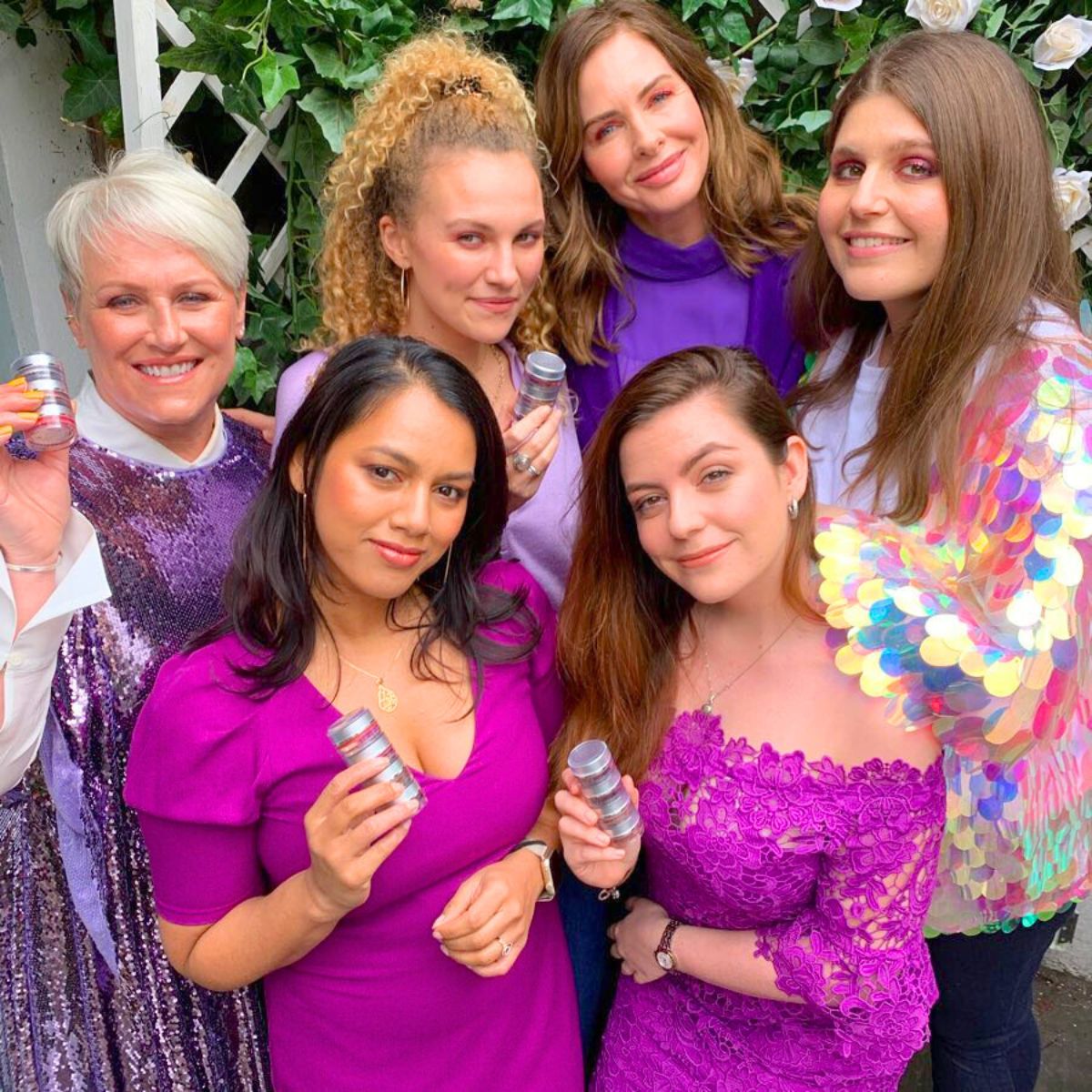
8. Largest IWD Demonstrations
Some of the most significant IWD commemorations have occurred in Spain. Did you know that in 2018, an estimated 5 million people across the country participated in a 24-hour feminist strike and marches, protesting gender inequality, wage gaps, and domestic violence? Major cities like Madrid and Barcelona witnessed massive turnouts, with streets filled with demonstrators advocating for women's rights.
9. Women in Space
On March 8, 1983, a remarkable milestone in history unfolded as Sally Ride became the first American woman to journey into space. This achievement coincided with IWD, adding a profound significance to the occasion. Sally Ride's journey aboard the Space Shuttle Challenger not only shattered gender barriers in the male-dominated field of space exploration but also symbolized the limitless potential of women when given equal opportunities.
Her accomplishment inspired generations of young girls to pursue careers in science, technology, engineering, and mathematics (STEM), fields where women had been historically underrepresented. The alignment of her spaceflight with International Women's Day serves as a powerful reminder of the progress made in women's rights and the boundless possibilities that lie ahead when women are empowered to reach for the stars—both literally and figuratively.

10. Not Just Women, Everyone Everywhere Can Support the Cause
International Women's Day goes beyond the structures that define boundaries, and affiliations. It is not confined to a specific country, group, or organization. Since its inception, it has nurtured a deep sense of solidarity worldwide. It embodies the values of community, connection, and collaborative action. It is a day of inclusivity, belonging to all groups universally.

Photo by Quirinale on Wikimedia Commons
Over its long and storied history, the day has been adopted by diverse groups across the globe, each observing it in a manner that is relevant and significant within their own unique contexts and circumstances. Supporting it has, therefore, never devolved into a contest between groups or organizations, each vying to assert their own vision of the most appropriate course of action.
The eclectic and inclusive nature of feminism means that all actions aimed at promoting gender equality are not only lauded but also considered valid and deserving of regard.
As Gloria Steinem, a renowned suffragette, journalist, and activist, once outspokenly remarked:
"The story of women's struggle for equality belongs to no single activist, nor to any one organization, but to the collective efforts of all who care about human rights."
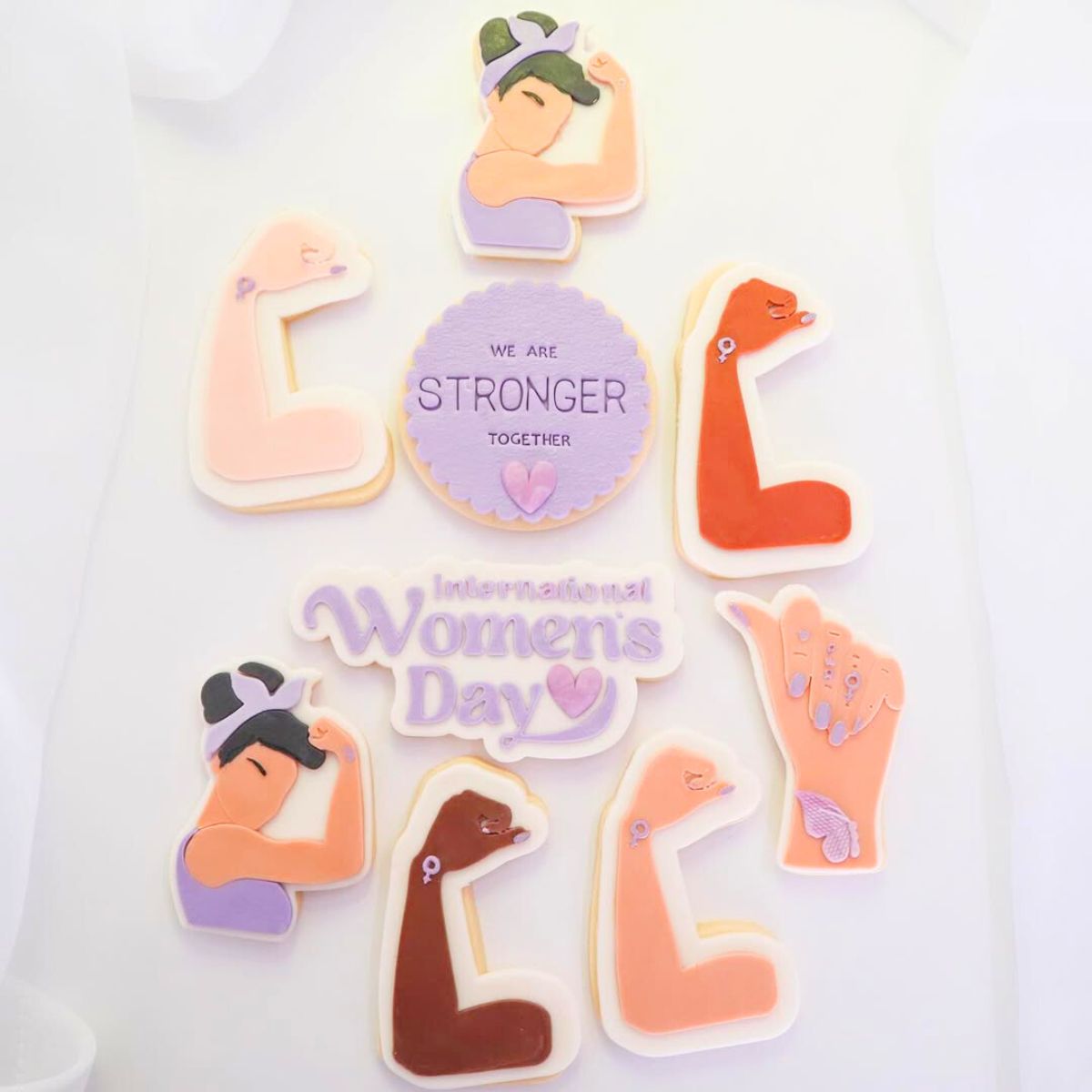
The journey toward gender equality is, then, not the sole responsibility of a single individual or group; it is a shared effort. Each voice and each action contributes to collective progress.

